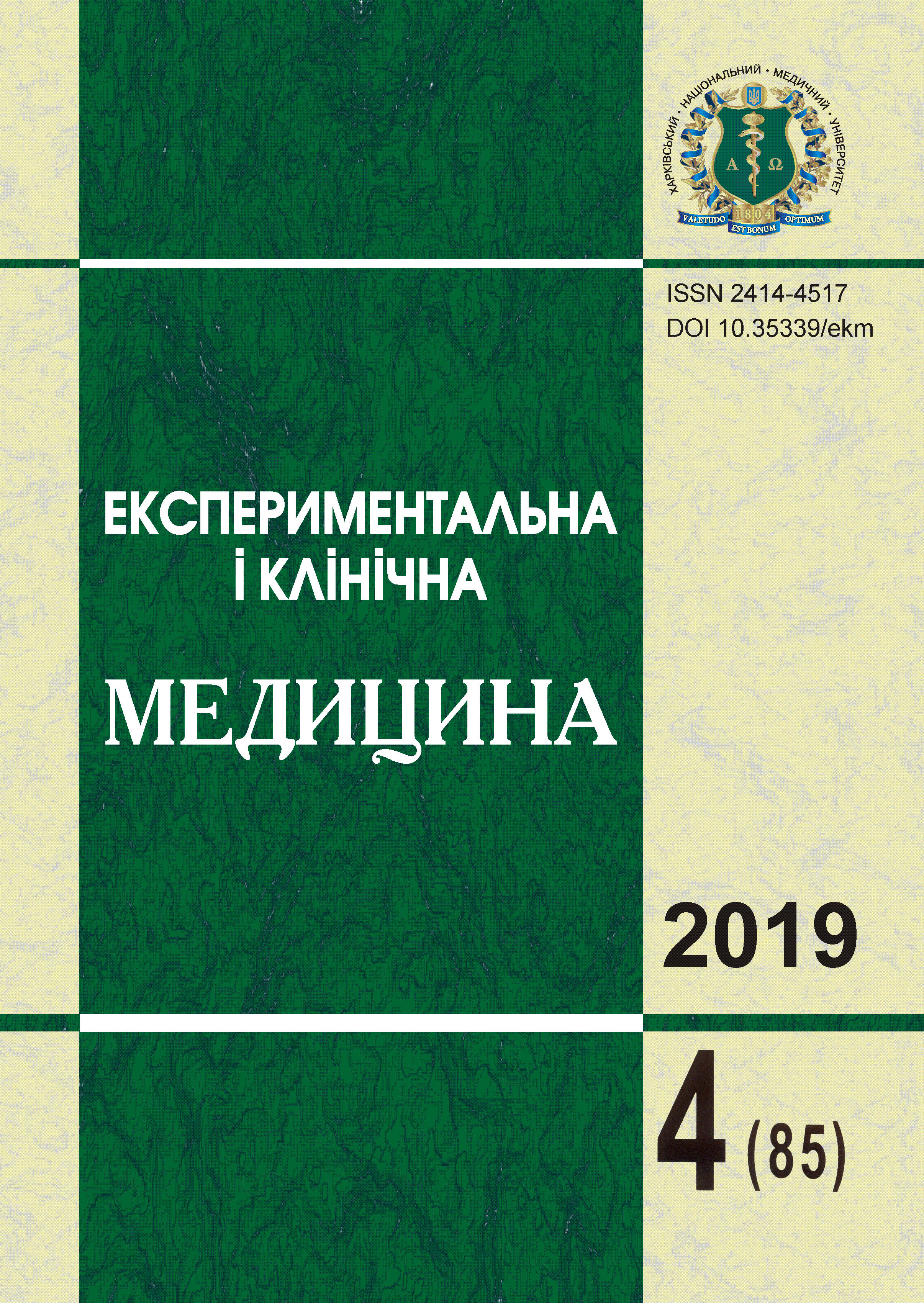Abstract
In the course of work, in order to identify prognostic criteria for the development of impaired motor function in preterm infants with perinatal hypoxic-ischemic lesions of the central nervous system, a comprehensive examination of 79 infants of both gender born prematurely was performed. All children underwent perinatal hypoxic-ischemic lesions of the central nervous system, 37.9 % of them were diagnosed with spastic cerebral palsy, and 20.3 % had spastic diplegia; 27.8 % - childhood hemiplegia; 13.9 % - hydrocephalus acquired. All children were developed with delayed speech function, patients with infantile hemiplegia and 89.2 % with spastic diplegia at the age of 3 caught up with their peers. Patients with spastic cerebral palsy had speech and cognitive impairment. Prognostic criteria for the likelihood of development of motor function disorders in the examined children are selected taking into account the indicators of their neurological and motor status, gestational age, gender, degree of periintraventricular hemorrhage, periventricular leukomalacia, perivetricular ischemia. The factors leading to the categories «walking without restrictions», «walking with auxiliary devices», «walking not mastered» have been systematized. It has been proved that the combination of periintraventricular hemorrhages of the II degree with ischemic lesions of the brain of mild degree, in most cases gives a more positive prognosis, and the association with more pronounced ischemic lesions forms a heavy motor prognosis in children who were born prematurely and underwent perinatal hypoxic-ischemic brain damage. Predictably unfavorable factors for the formation of cognitive and speech deficits in premature infants are intraventricular hemorrhages of the III degree and periventricular leukomalacia. The prognostic factors for the occurrence of motor disorders in preterm infants are periintraventricular hemorrhage of the II-IV degree, periventricular leukomalacia of the II degree and male gender of the child.
Keywords: cerebral palsy, spastic diplegia, gestational symptoms, cerebral ischemia, periventricular leukomalacia.

